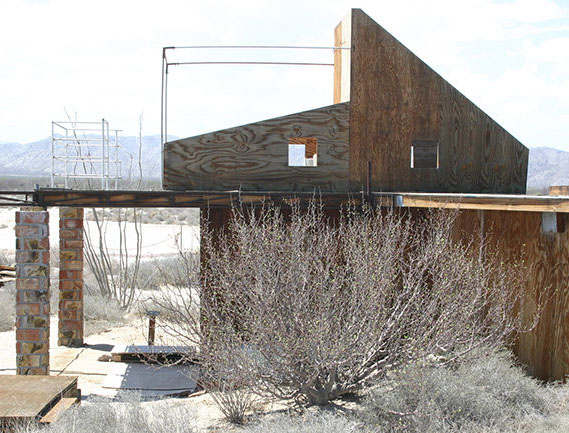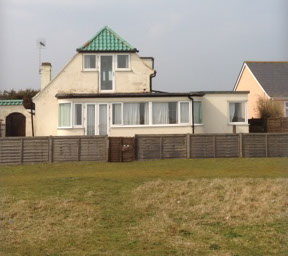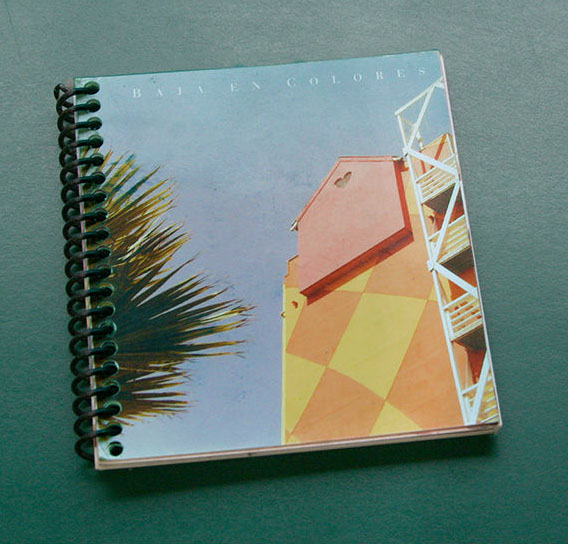THE MAKING OF THE CUBE
Inspirations
 One of the main influences on the design approach to making the Cube was Lester Walker’s classic book The Tiny Book of Tiny Houses which includes not only photos but floor plans and isometric drawings. Walker demonstrates that very small living spaces, if well planned, need not be claustrophobic. Although almost all the examples are of traditional or vernacular architectural styles, they all represent an essentially functional design philosophy.
One of the main influences on the design approach to making the Cube was Lester Walker’s classic book The Tiny Book of Tiny Houses which includes not only photos but floor plans and isometric drawings. Walker demonstrates that very small living spaces, if well planned, need not be claustrophobic. Although almost all the examples are of traditional or vernacular architectural styles, they all represent an essentially functional design philosophy.
Richard, our neighbor in Campo Cadena, provided another example with his improvised structures, with many intriguing design motifs including free-standing gables, small square windows, and, in particular, the use of untreated plywood as an exterior finish. Some of the panels on his house have been exposed to the elements for over twenty years with no sign of deterioration.
The idea for the horizontal slats came from a description of a building style used in Northern Australia where exterior walls are made of boards with an air gap for ventilation. I noticed that this approach had been adopted by some American architects, too, with published examples I had seen of beach houses constructed in a similar way.
The whimsical Cube windows were inspired by a hotel building in Rosarito Beach, near Tijuana, Mexico. A small window shaped like a heart in the penthouse suite especially left an impression on me, and I imagined that other iconic shapes could also be used. The same hotel and some of the buildings nearby displayed a particularly bold and imaginative use of paint schemes—in fact the whole Baja peninsula is noted for its vivid use of color in architecture.


[above] Richard’s house at Campo Cadena has structures on its roof that he calls “roofless rooms.” These are sleeping areas protected on the sides by unpainted plywood panels and open to the sky
[left] the jaunty gable of a beach house in Southwold, Suffolk where my family spent many Summers during the 1950s

[above] Cover of a booklet created by John Odam in 2002 containing photographs of color schemes applied to buildings in Mexico. The image shows the South side of a hotel in Rosarito Beach, B.C. with a heart-shaped window in what is presumably the honeymoon suite
[left] Plywood left untreated and exposed to intense sunlight and coastal winds turns a dark shade of brown almost as though it had been stained. Here the lower floor panels have been exposed for a longer time that the upper ones, causing a difference in tone.

